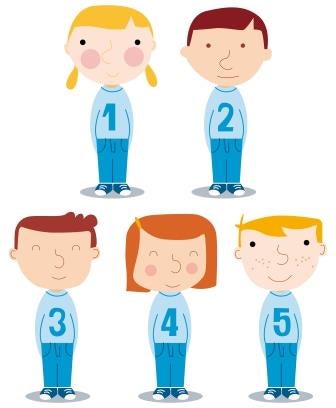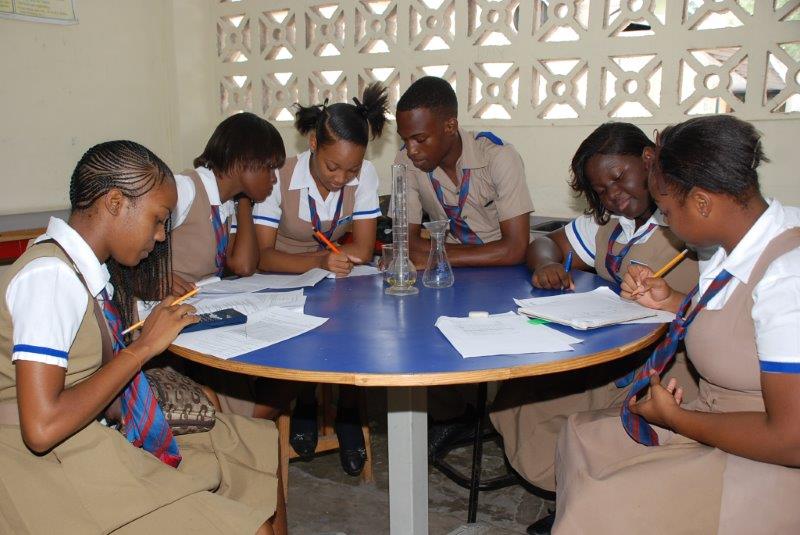Nuestras creencias y convicciones sobre la educación y el aprendizaje influyen notablemente en las opciones que impulsamos para su mejora. Examinemos si son ciertas o falsas cinco de las premisas más frecuentes. … [Lee más...] about 5 mitos recurrentes en el discurso educativo
5 myths of the educational discourse
Our beliefs and convictions about education and learning affect significantly the options we drive for its improvement. Let's see if these five common assumptions are true or false. … [Lee más...] about 5 myths of the educational discourse
How can we help “unattached” youth transition into the work force?
In Latin American and the Caribbean, about 1 in every 5 youth aged 15-24 are neither in school nor in the workforce. This amounts to roughly 25 million young people whose situation is affecting not only their present and future earnings, motivation and self-esteem, but also their society’s economic outlook and well-being! … [Lee más...] about How can we help “unattached” youth transition into the work force?
¿Cómo hacer que los jóvenes “ninis” transicionen a la fuerza laboral?
En América Latina y el Caribe, aproximadamente 1 de cada 5 jóvenes entre 15 y 24 años ni estudia ni trabaja. Es decir, son los que conocemos como "ninis" y equivalen a unos 25 millones de jóvenes cuya situación afecta no solo sus ingresos (presentes y futuros), su motivación y autoestima individual, sino también las perspectivas económicas y el bienestar de su … [Lee más...] about ¿Cómo hacer que los jóvenes “ninis” transicionen a la fuerza laboral?
The “Coffee-Stain Puzzle”
I have always found it fascinating to learn about how scientific “discoveries” are made. Scientists have the power of observing the ordinary and seeing the extraordinary. One of my favorite cases comes from an episode I watched some years ago on the Discovery Channel where a Physics professor from the University of Chicago, Sidney Nagel, one morning, as he was pouring … [Lee más...] about The “Coffee-Stain Puzzle”




